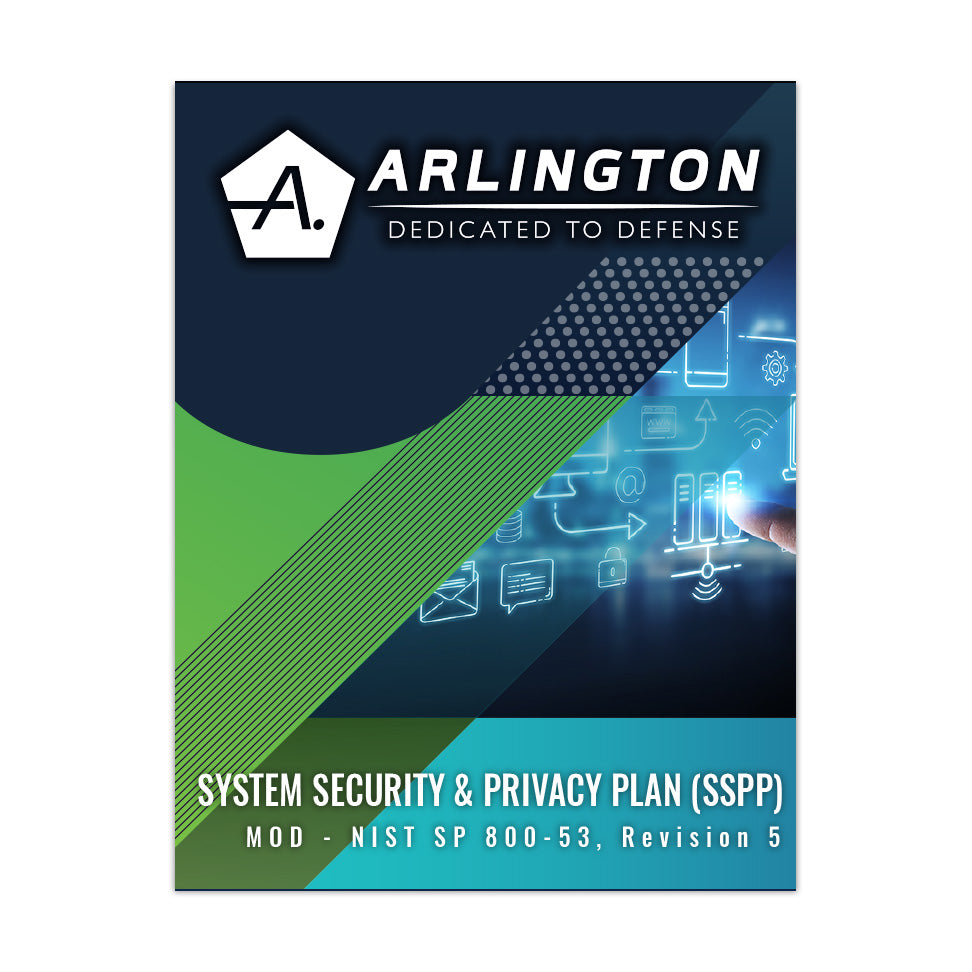Your Cart is Empty
Menu
-
- View NIST RMF Control Families
- Access Control (AC)
- Awareness and Training (AT)
- Audit and Accountability (AU)
- Assessment, Authorization and Monitoring (CA)
- Configuration Management (CM)
- Contingency Planning (CP)
- Identification and Authentication (IA)
- Incident Response (IR)
- Maintenance (MA)
- Media Protection (MP)
- Physical and Environment Protection (PE)
- Planning (PL)
- Program Management (PM)
- Personnel Security (PS)
- PII Processing and Transparency (PT)
- Risk Assessment (RA)
- System and Services Acquisition (SA)
- System and Communications Protection (SC)
- System and Information Integrity (SI)
- Supply Chain Risk Management (SR)
- View All
- View Compliance Toolkits
- Enterprise
- About ASP
- FAQ
-
- ← Main Site
- Company
- Resources
- Blog
- Submit RFP
- Login
View NIST RMF Control Families
Add description, images, menus and links to your mega menu
A column with no settings can be used as a spacer
Link to your collections, sales and even external links
Add up to five columns
Add description, images, menus and links to your mega menu
A column with no settings can be used as a spacer
Link to your collections, sales and even external links
Add up to five columns

NIST 800-53, Revision 5 System Security and Privacy Plan (SSPP) Template - MOD Impact
October 24, 2023 3 min read
NIST 800-53, Revision 5 System Security and Privacy Plan (SSPP) Template - MOD Impact
A System Security and Privacy Plan (SSPP) for NIST refers to a comprehensive document that integrates security and privacy controls and outlines the measures implemented or planned for an information system to protect both security and privacy aspects. The SSPP serves as a roadmap for managing and maintaining the security and privacy of the system throughout its lifecycle.
The purpose of an SSPP is to document the security and privacy controls, their implementation details, and the associated procedures for managing risks and protecting sensitive information. It ensures that security and privacy considerations are addressed together, promoting a holistic approach to safeguarding information systems.
When developing an SSPP for NIST, the following key elements are typically included:
1. System Overview: Provide a description of the information system, its purpose, intended use, system owner, system identifier, and system categorization.
2. System Boundaries: Clearly define the boundaries of the information system, including its hardware, software, and network components. Identify interfaces with other systems and any external connections.
3. Risk Assessment: Conduct a comprehensive risk assessment to identify potential threats, vulnerabilities, and risks to the security and privacy of the information system. Assess the likelihood and impact of these risks and prioritize them based on their significance.
4. Security and Privacy Controls: Identify and document the security and privacy controls that are implemented or planned to protect the information system. Select the controls from the relevant NIST control catalogs (e.g., NIST 800-53 for security controls and NIST Privacy Framework for privacy controls) based on their applicability to the system.
5. Control Implementation: Describe how each selected security and privacy control is implemented within the information system. Provide details on how the controls are designed, configured, and managed to meet the specific security and privacy requirements.
6. Control Assessment: Assess the effectiveness of the implemented security and privacy controls in mitigating risks. This may involve testing, audits, or other evaluation methods to validate their performance.
7. Contingency Planning: Develop a contingency plan that outlines procedures for responding to and recovering from incidents that may impact the system's availability, integrity, security, and privacy. Include backup and recovery strategies, incident response procedures, and communication protocols.
8. Personnel Security: Document the measures in place to ensure that individuals who have access to the system are trustworthy and adequately trained. This includes background checks, security and privacy awareness training, and role-based access controls.
9. Physical and Environmental Protection: Describe the physical security measures in place to protect the information system. This includes access controls, visitor management, equipment protection, and environmental monitoring.
10. Security and Privacy Awareness and Training: Outline the security and privacy awareness and training programs provided to system users and administrators. Include details on the content, frequency, and delivery methods of the training sessions.
11. System Maintenance: Describe the procedures and practices for maintaining the security and privacy of the information system. This includes patch management, configuration management, vulnerability scanning, and system documentation updates.
12. System Monitoring: Document the monitoring mechanisms in place to detect and respond to security and privacy incidents. This includes the collection and analysis of system logs, intrusion detection systems, and privacy event monitoring.
The SSPP should be periodically reviewed and updated to reflect changes in the system's environment, address emerging threats and vulnerabilities, and ensure ongoing compliance with security and privacy requirements.
About Arlington
We are Arlington, a team of innovative, solution-oriented, highly agile, and well-versed professionals with decades of experience in working with America’s defense industry. From emerging cybersecurity regulations to helping our clients solve complex security & compliance solutions – and so much more – you can trust Arlington, the firm that’s Dedicated to Defense®. Learn more at arlingtonintel.com.